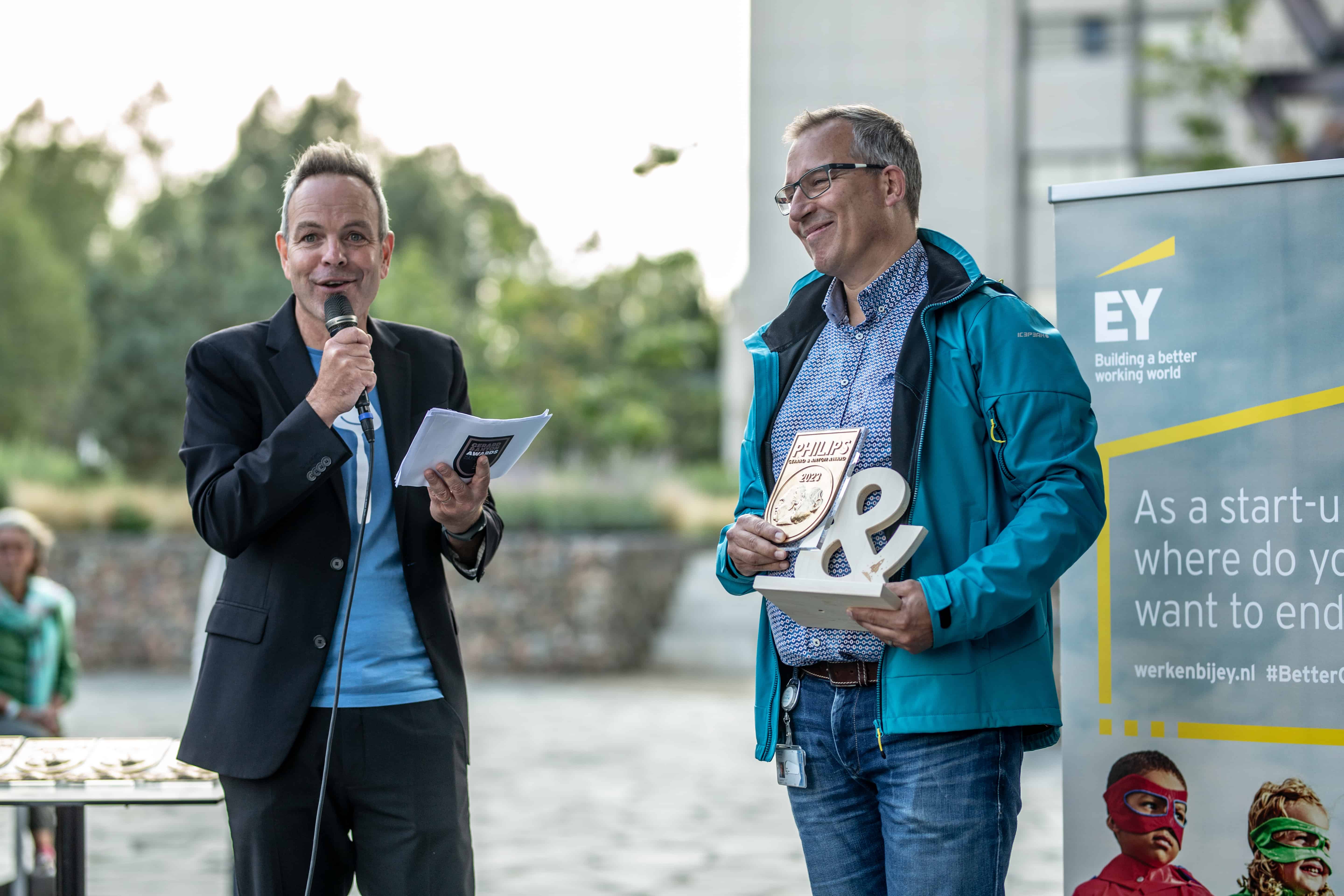
Amazon CTO Werner Vogels underscored the multifaceted applications of artificial intelligence (AI) in tackling some of the world’s most pressing issues. Speaking at the VivaTech fair in Paris, he elaborated on how AI advancements can revolutionize various sectors, from healthcare to energy management and tells how Amazon uses it.
Why this is important:
Companies increasingly apply AI in their services, and consumers use it daily.
Customer experience
Werner talks about the company’s use of artificial intelligence (AI). If you’ve been an Amazon customer over the past 25 years, you’ve already encountered AI, he said. The company uses AI for its customer experience, for instance.
Energy Efficiency And Sustainability
Amazon is also utilizing AI to boost energy efficiency and reduce carbon emissions. The company has integrated AI with battery storage systems and solar installations to optimize the distribution of carbon-free electricity. Predictive models help determine the best times to distribute power to the grid or store it in batteries, thus enhancing the efficiency of renewable energy use. This approach not only supports Amazon’s goal of achieving net-zero carbon emissions by 2040 but also serves as a model for other companies aiming to reduce their environmental footprint.

Collaboration With AI Startups
Amazon’s collaboration with AI startups is another cornerstone of its AI strategy. For example, NinjaTech develops next-generation AI agents powered by Amazon’s custom AI chips, Trainium and Inferentia2. These agents are designed to handle complex tasks asynchronously, such as conducting multi-step research and scheduling meetings. This partnership exemplifies how Amazon’s AI infrastructure supports the development of advanced AI solutions that enhance productivity and efficiency.
AI still centered around American culture
Vogels emphasized that inclusivity is just as crucial as access when it comes to AI. Although chatbots have demonstrated impressive live translation abilities, their core functionality often remains centered on English and American culture. For instance, if you asked a US-based chatbot for a review of Chilean author Isabel Allende’s books, the response would likely differ from that of a South American woman. Therefore, we must ensure that people have access to these tools in ways that are meaningful and relevant to their cultural context, Vogels concludes.








